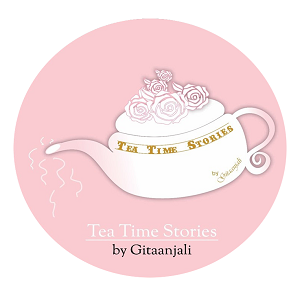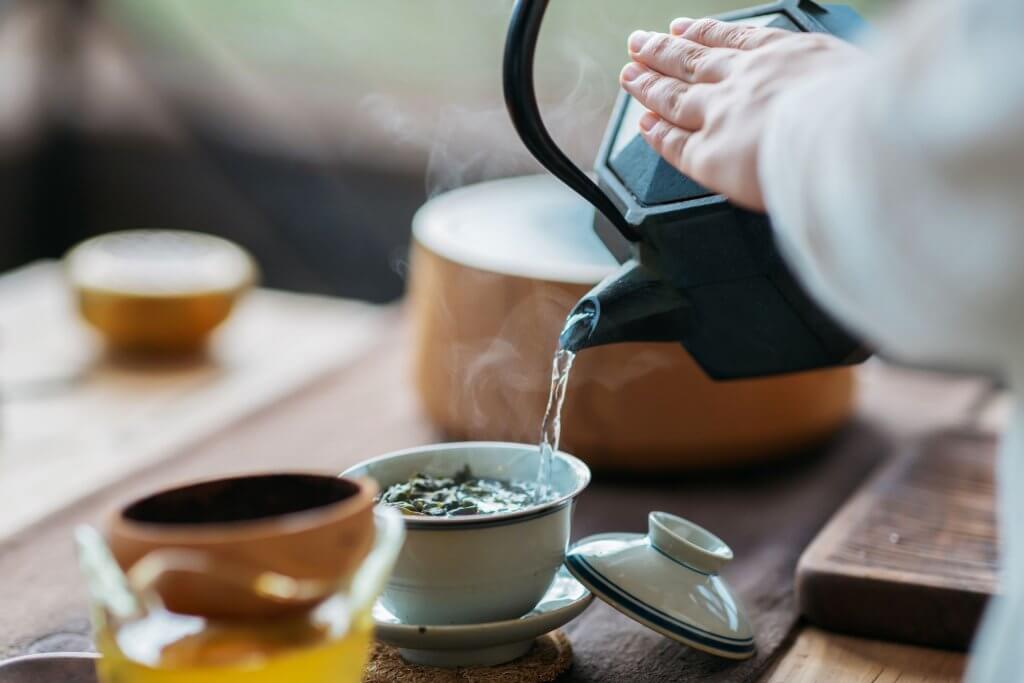Tea remains a perennial favourite drink around the world, with numerous varieties and variations for consumers to choose from. While traditional staples like…
Tea remains a perennial favourite drink around the world, with numerous varieties and variations for consumers to choose from. While traditional staples like pure black and green teas continue to appeal, trends in flavor and format come and go. Some of these trends endure for years, such as the popularity of matcha in North America, but others can develop and evolve more quickly. Innovative flavors and packaging can capture new consumers and keep current ones interested. And with so many large and small tea manufacturers in the market, keeping up with trends and customer demand can be key to standing out and staying competitive.
The global tea market is a large and diverse one, estimated to increase by over $13 billion in the next 5 years. Despite the challenges created by the COVID-19 pandemic such as diminished workforces, developing safe production practices, and shipping delays, the market is expected to grow at a rate of more than 4% during 2020, with APAC accounting for more than half of that growth. Trends new and old help to drive the global tea market, and both small independent tea manufacturers and famous tea brands are adapting and introducing new products in order to stay relevant.
Microplastics are out
Sustainability and environmentalism have been growing in importance across numerous markets. Consumers are becoming more focused on the impact that the products they consume have on the environment, and are changing their purchasing habits based on this.
It recently came to light that many teabags contain microplastics, which are harmful to the environment. This has caused vendors in the tea market to develop alternative tea bags that are free of plastic in order to become more sustainable and to hold on to consumers concerned with making ethical purchases. Many tea manufacturers now advertise plastic-free tea bags, and companies will continue to innovate for some time to perfect new, fully degradable products.
The effort to reduce or eliminate plastic waste in products will also help drive loose leaf tea sales. While loose leaf teas may be less convenient for users, they eliminate the need for tea manufacturers to buy or make tea bags and allow consumers to be more environmentally conscious. This may also bring growth and creativity in tea strainers and related products used for tea brewing.
Botanicals are in
While traditional camellia sinensis-based teas remain a staple, they’ve begun to lose market share to herbal teas. Fruit infusions are becoming increasingly popular, with consumers looking for more sophisticated flavor profiles along with health benefits.
Teas featuring ingredients used in Chinese medicine and Indian Ayurveda are in high demand, and will continue to grow in popularity. Consumers are adopting these teas as treatments for health problems such as stress, anxiety, weight gain, and high blood pressure, as well as to provide general health benefits and nutrients. Turmeric, for example, was a rising star in 2019 and will continue to be a big ingredient in teas this year. Tulsi, ashwagandha, and rhodiola are also growing in popularity with consumers who are looking for functional teas.
Suggested reading: Health and Wellness Trends to Look Out For in 2020
Herbal and floral teas are performing well too, starring ingredients such as lavender, rose, basil, and mint. Consumers choose these teas both for their perceived health benefits as well as their flavors, which provide variety and subtlety over other types of tea and alternative beverages. No longer just the purview of niche and specialty tea manufacturers, teas with these ingredients are now being offered by major tea brands such as Tetley, Twinings, and Nestle.

